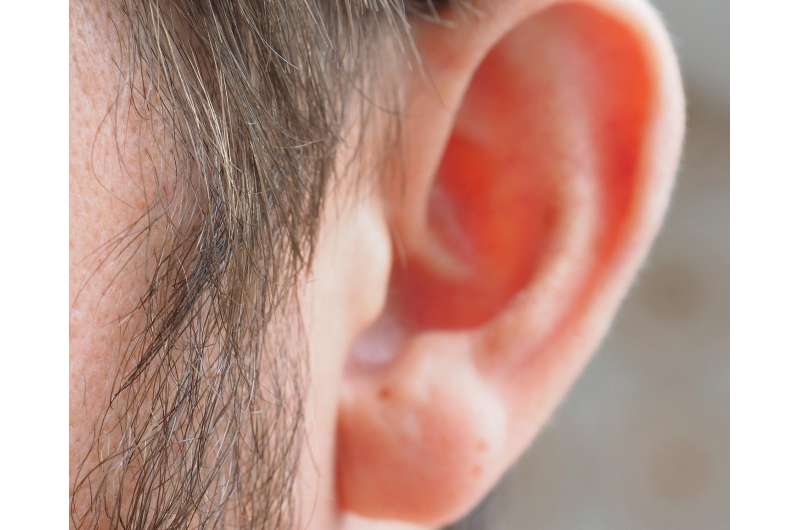
Novel research conducted by scientists from Durham University, UK; University of Birmingham, UK; Eindhoven University of Technology, Netherlands; and Placentia, USA have discovered for the first time that human echolocators have better acuity in localizing a target from 45° off to the side as compared to from straight ahead at 0°.
The researchers tested echo-localization abilities of nine blind adult human experts who use this skill on a daily basis.
They discovered that echolocation performance is drastically improved at 45° where the participants can better locate targets based on echoes coming from sideways.
Their research findings indicate that human echolocation and human regular spatial hearing might be governed by different principles as regular hearing is best from straight ahead at 0° and gets worse as targets move further to the side.
The researchers point out that human echolocation and regular hearing may rely on different acoustic cues, and that human spatial hearing has more facets than previously thought.
The researchers also characterized and analyzed the clicking behavior of the participants and found that participants made quieter clicks when they receive stronger echo signals coming from sideways at 45° angle.
Full results of the study have been published in the journal Psychological Science.
Lead author of the paper, Dr. Lore Thaler of Durham University, said: “There is still a lot to discover about human echolocation, and about human perceptual abilities more generally. Our findings show that there are facets of human spatial hearing that we did not know before.”
The researchers further established that better human echo-localization away from straight ahead is consistent with what has been observed in bats.
This is surprising because bats possess anatomical and neural specializations for echolocation, which humans do not have. To nonetheless find such behavioral similarity suggests that both humans and bats may have similar sensing strategies.
Source: Read Full Article
